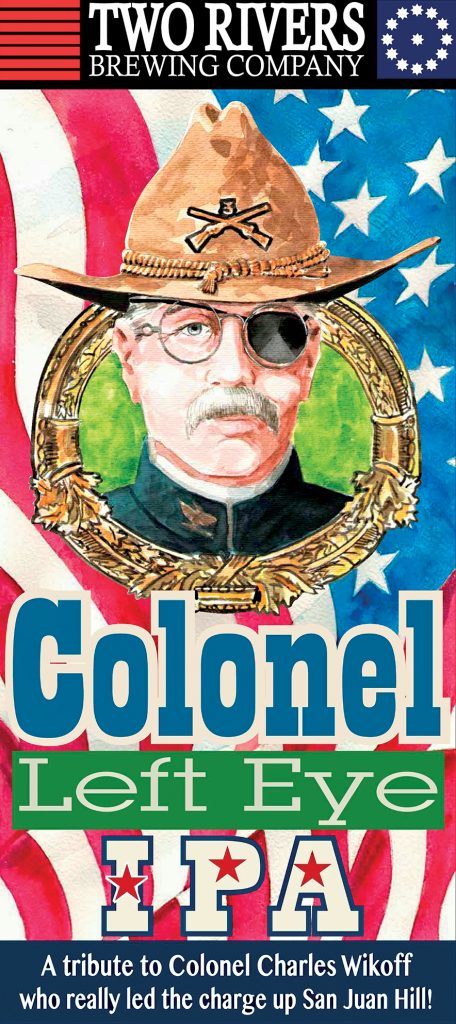Tracking Colonel Left Eye
The dull light of this August’s eclipse washed over the headstones and mausoleums of historic Easton Cemetery, producing a slightly eerie glow. Pennsylvania Rep. Robert Freeman (D-Northampton) led a half-dozen Lafayette students through the hillside grounds during his annual first-year orientation tour. Birds were chirping, and there was a faint hum of cars from nearby Route 22.
 One of these new but well-prepared Leopards whipped out a pair of specialized glasses to view the unfolding phenomenon in the sky, and all in the party took a peek or two.
One of these new but well-prepared Leopards whipped out a pair of specialized glasses to view the unfolding phenomenon in the sky, and all in the party took a peek or two.
But, truth be told, they were there mainly for the graves, like George Taylor’s, a signer of the Declaration of Independence, and Andrew Reeder’s, an Easton-born man who once governed territorial Kansas.
Near the end of the tour, they arrived at the headstone of Col. Charles Augustus Wikoff 1855. Born in Easton in 1837, Wikoff had a civil engineering degree and was pursuing a career in law prior to the outbreak of the Civil War.
When President Abraham Lincoln called for 75,000 troops in the wake of Fort Sumter’s fall in 1861, Easton’s native son was a soldier in that first wave.
Lafayette’s part in our most costly war (more than 600,000 dead) is reflected by the fact that every class of the College’s first 30 years was represented in the ranks—247 soldiers. There were 21 known mortalities among Lafayette men during the war.
An officer in the 15th U.S. Infantry, Wikoff came close to dying at Shiloh, a bloody engagement in Tennessee on April 6-7, 1862. During the battle, a rebel bullet lodged in his left eye socket. When Wikoff fell, he asked if the wound was serious, and a fellow officer fibbed, “No, cheer up.” But Wikoff certainly suspected otherwise: “It is not so—it is all up with me—get a surgeon.”
He lived, but he wore a patch over his left eye for the rest of his life.
Wikoff continued his military career and eventually commanded his own battalion during the Spanish-American War.
Wikoff continued his military career and eventually commanded his own battalion during the Spanish-American War. After he was struck down (probably by sniper fire) in the early stages of the famous assault on San Juan Hill in Cuba on July 1, 1898, a fellow officer treated him with whiskey from a flask. He died soon after, the highest-ranking U.S. officer killed during the hostilities that Secretary of State John Hay flippantly dubbed “a splendid little war.”
Perhaps the colonel had had a premonition. Prior to leaving for Cuba, the ill-fated Wikoff ran into a fellow officer in the Tampa Bay Hotel lobby and said, “Bisbee, you and I are too old for this.”
Beyond the cemetery, you also can trace the brave colonel’s legacy at Easton’s Sigal Museum where you can view his officer’s trunk and plumed military hat.
But if you are in the mood to salute the colonel in a more celebratory fashion, then head to Two Rivers Brewery, a local pub popular with Lafayette students and professors. Then hoist the “Colonel Left Eye IPA,” which—despite its irreverent moniker—will prove to be a feisty brew that’s worthy of the local hero for which it’s named.
–Mark Will-Weber is a writer from Bethlehem, Pa. His latest book is titled Muskets & Applejack: Spirits, Soldiers, and the Civil War.